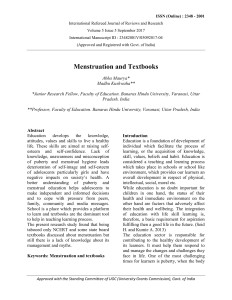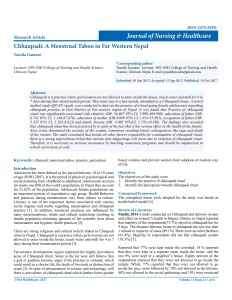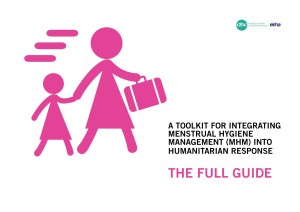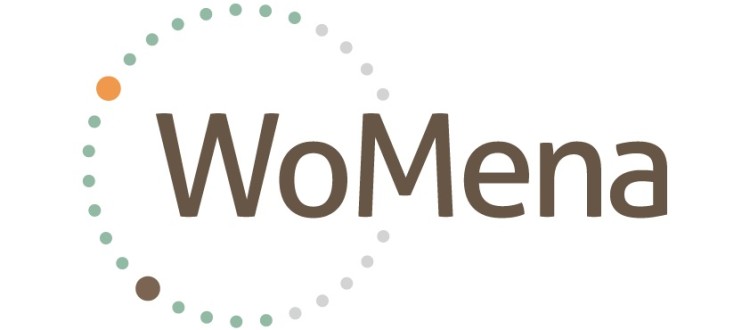Global Research Update #5
 Maurya A et al. (2017) in a qualitative analysis of upper primary science textbooks of eight states in India ‘Menstruation and Textbooks‘ find that only four out of eight education board textbooks have information about menstruation. These four textbooks just consider sanitary napkins and cloth as ways of management of menstruation and do not mention menstrual cups or tampons as MHM methods. Furthermore, most textbooks only emphasize biological processes and medical aspects of menstruation, with only one mentioning socio-cultural dimensions. The authors suggest that the educational system has the obligation to provide more complete and scientifically based information.
Maurya A et al. (2017) in a qualitative analysis of upper primary science textbooks of eight states in India ‘Menstruation and Textbooks‘ find that only four out of eight education board textbooks have information about menstruation. These four textbooks just consider sanitary napkins and cloth as ways of management of menstruation and do not mention menstrual cups or tampons as MHM methods. Furthermore, most textbooks only emphasize biological processes and medical aspects of menstruation, with only one mentioning socio-cultural dimensions. The authors suggest that the educational system has the obligation to provide more complete and scientifically based information.
 Gautam Y et al. (2017) in a mixed-method study of practices and perceptions among school girls towards Chhaupadi: A menstrual taboo in far western Nepal, shows that people are aware of the adverse consequences of this practice, but hold strong beliefs that they will be subject to deep misfortune if they change their practices. The study notes that, in this transitional phase, further awareness raising in the community and schools is necessary.
Gautam Y et al. (2017) in a mixed-method study of practices and perceptions among school girls towards Chhaupadi: A menstrual taboo in far western Nepal, shows that people are aware of the adverse consequences of this practice, but hold strong beliefs that they will be subject to deep misfortune if they change their practices. The study notes that, in this transitional phase, further awareness raising in the community and schools is necessary.
 Columbia University and International Rescue Committee have produced a toolkit for MHM in emergencies, which was launched 23 October. It is based on case studies in Myanmar and Lebanon and tested in refugee camps in Tanzania, establishing a very comprehensive (94 pp) source of suggestions.
Columbia University and International Rescue Committee have produced a toolkit for MHM in emergencies, which was launched 23 October. It is based on case studies in Myanmar and Lebanon and tested in refugee camps in Tanzania, establishing a very comprehensive (94 pp) source of suggestions.

